Superman
From Wikipedia, the free encyclopedia
This article is about the superhero. For other uses, see Superman (disambiguation).
| Superman | |
|---|---|
Promotional art for Superman #204 (vol. 2, April 2004) by Jim Lee and Scott Williams | |
| Publication information | |
| Publisher | DC Comics |
| First appearance | Action Comics #1 (June 1938) |
| Created by | Jerry Siegel and Joe Shuster |
| In-story information | |
| Alter ego | Kal-El, adopted as Clark Joseph Kent |
| Place of origin | Krypton |
| Team affiliations | The Daily Planet Justice League Legion of Super-Heroes Team Superman Black Lantern Corps White Lantern Corps |
| Partnerships | Batman Wonder Woman |
| Notable aliases | Gangbuster, Jordan Elliot, Nightwing, Supernova, Superboy, The Red Blue Blur, Superman Prime, Commander El |
| Abilities | Superhuman strength, speed, stamina, invulnerability, senses, intelligence, regeneration, longevity, super breath, heat vision, x-ray vision, microscopic vision, telescopic vision, and flight |
The original story of Superman relates that he was born Kal-El on the planet Krypton, before being rocketed to Earth as an infant by his scientist father Jor-El, moments before Krypton's destruction. Discovered and adopted by a Kansas farmer and his wife, the child is raised as Clark Kent and imbued with a strong moral compass. Very early he started to display superhuman abilities, which upon reaching maturity he resolved to use for the benefit of humanity.
While sometimes referred to less than flatteringly as "the big blue Boy Scout" by some of his fellow superheroes,[9] Superman has also been referred to as "The Man of Steel", "The Man of Tomorrow", and "The Last Son of Krypton" over the years. As Clark Kent, Superman lives among humans as a "mild-mannered reporter" for the Metropolis newspaper Daily Planet (Daily Star in the earliest stories). There he works alongside reporter Lois Lane, with whom he is romantically linked. This relationship has been consummated by marriage on numerous occasions across various media, and this union is now firmly established within mainstream comics' continuity.
DC Comics/Warner Bros. slowly expanded the character's supporting cast, powers, and trappings throughout the years. Superman's backstory was altered to allow for adventures as Superboy, and other survivors of Krypton were created, including Supergirl and Krypto the Superdog. In addition, Superman has been licensed and adapted into a variety of media, from radio to television and film, perhaps most notably portrayed by Christopher Reeve in both Richard Donner's Superman: The Movie in 1978, and the sequel Superman II in 1980, which garnered critical praise and became Warner Bros.'s most successful feature films of their time. However, the next two sequels, Superman III and Superman IV: The Quest for Peace, did not perform as well at the box office. The motion picture Superman Returns was released in 2006, which although relatively unsuccessful within the United States, returned a performance at the international box office which exceeded expectations.[10] In the seven decades since Superman's debut, the character has been revamped and updated several times.
A significant overhaul occurred in 1986, when John Byrne revamped and "retconned" the character, reducing Superman's powers and erasing several characters from the canon, in a move that attracted media attention. Press coverage was again garnered by DC Comics in the 1990s with The Death of Superman, a storyline which saw the character killed (and later restored to life).
Superman has fascinated scholars, with cultural theorists, commentators, and critics alike exploring the character's impact and role in the United States and the rest of the world. Umberto Eco discussed the mythic qualities of the character in the early 1960s, and Larry Niven has pondered the implications of a sexual relationship the character might enjoy with Lois Lane.[11] The character's ownership has often been the subject of dispute, with Siegel and Shuster twice suing for the return of legal ownership. The copyright is again currently in dispute, with changes in copyright law allowing Siegel's wife and daughter to claim a share of the copyright, a move DC parent company Warner Bros. disputes.

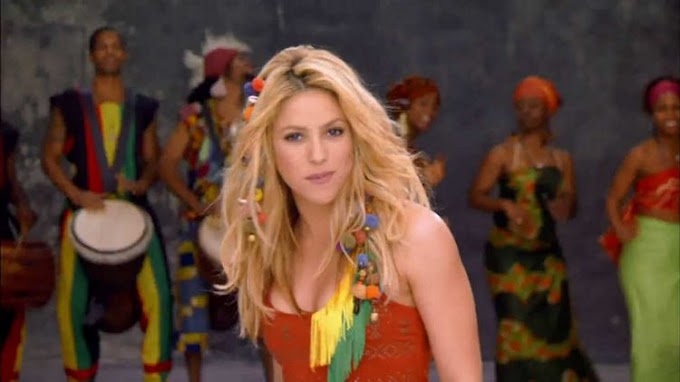
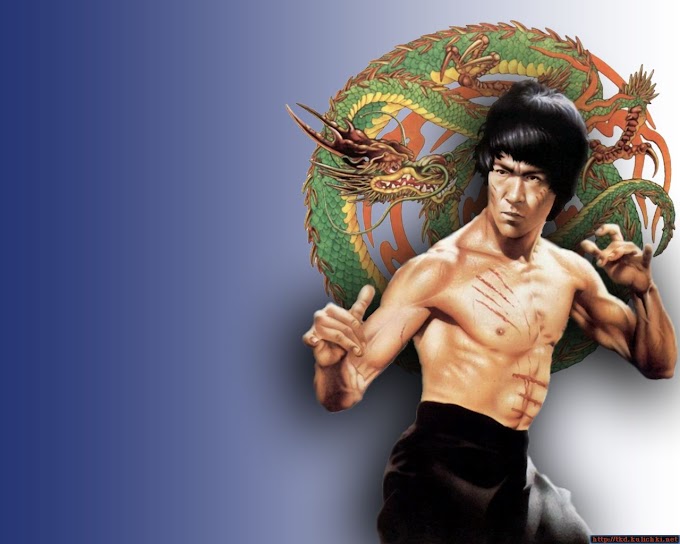

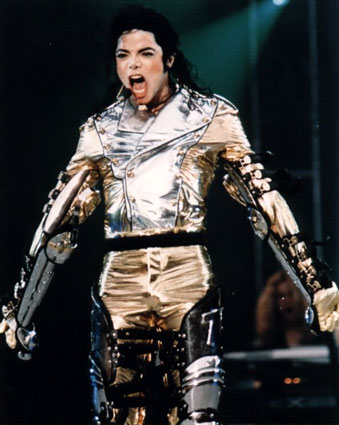
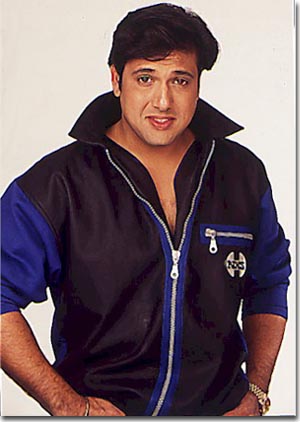


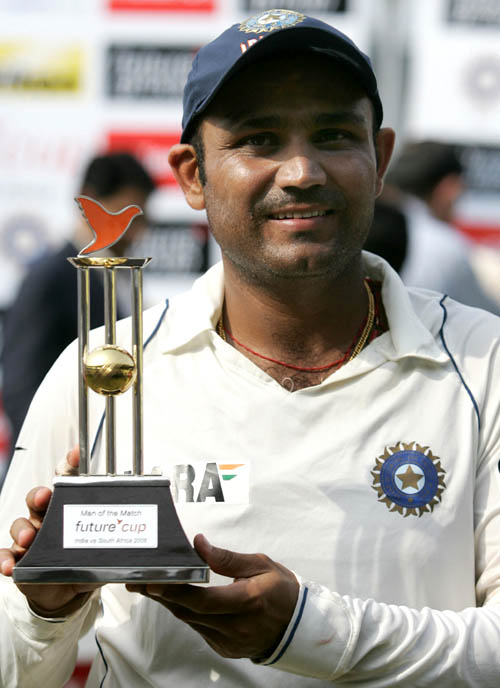


0 Comments